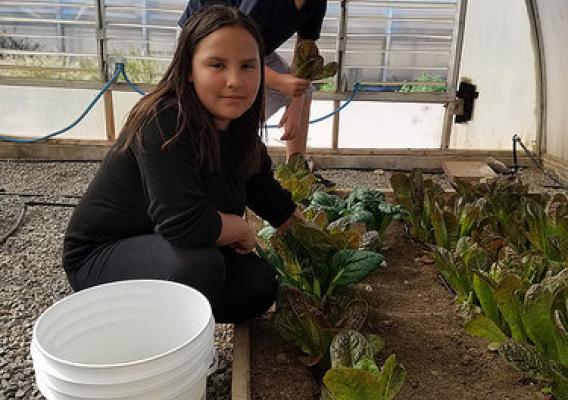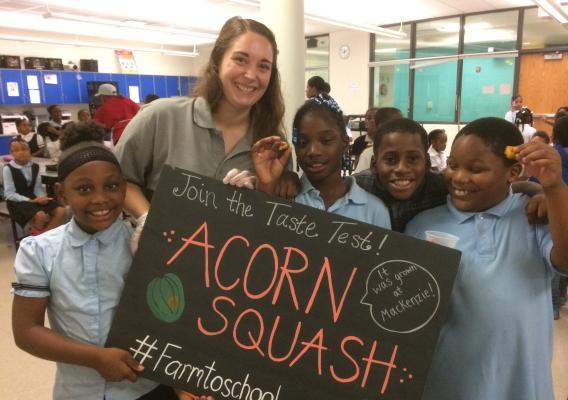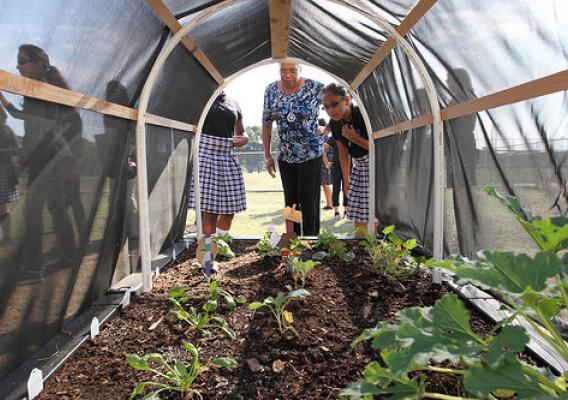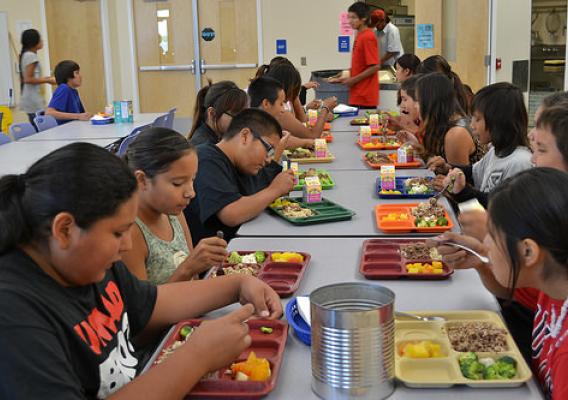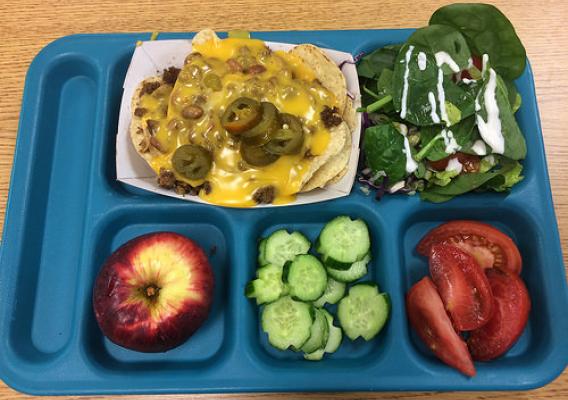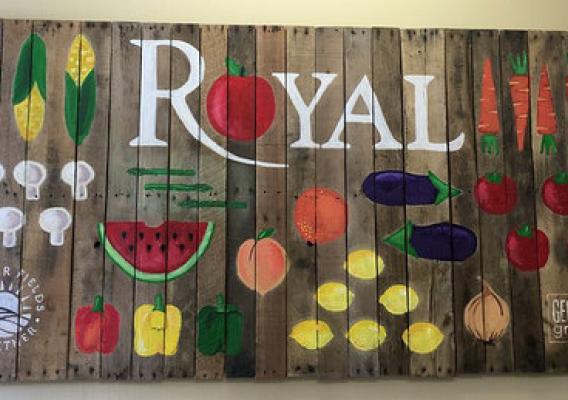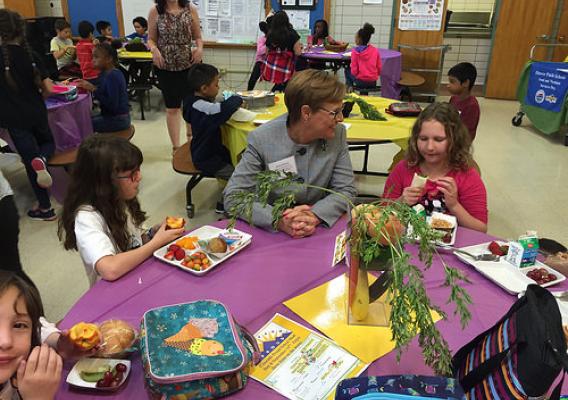School gardens are gaining popularity across the country. In Texas, nearly 3,000 schools participate in farm to school activities. Some of these schools work with Texas A&M AgriLife Extension’s Learn, Grow, Eat, and Go program. Jeff Raska, a school garden specialist with the AgriLife Extension, works with numerous programs and offers practical advice to schools establishing a school garden. Here, he discusses the importance of a strong school garden committee.
By Jeff Raska, Texas A&M AgriLife Extension Dallas County Texas
A school vegetable garden can be a wonderful outdoor classroom for studying natural science. Having worked with school gardens on and off for more than 25 years, I have seen many great school garden programs bloom, and then fade as time passes and school priorities change. For the last seven years, I’ve had the privilege of working with school gardens as a 4-H Club program assistant for Dallas County and have had the benefit of seeing a wide range of needs and challenges that schools face when trying to start a garden. However, the most successful programs have a few important things in place.

